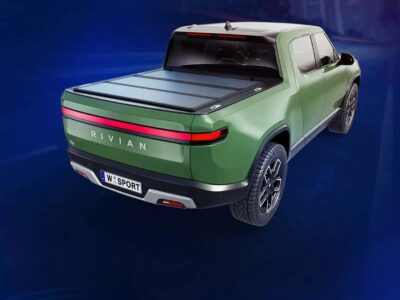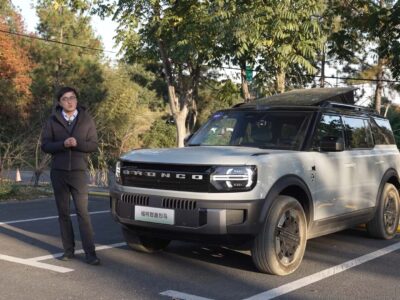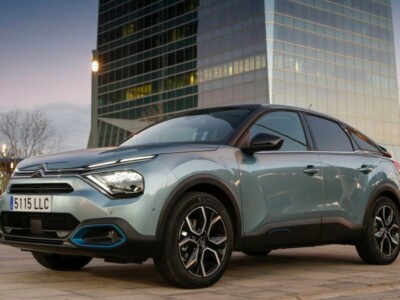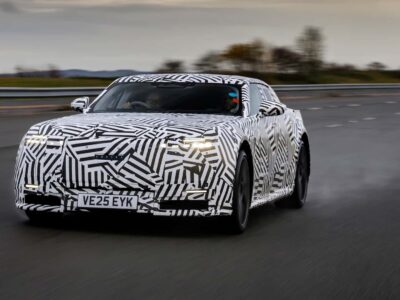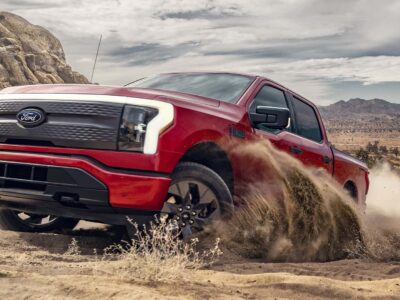
Toyota unveiled on Friday two restored examples of the classic 1980s Corolla GT-S, also known by the internal model code AE86, one with a battery-electric powertrain and the other with a hydrogen combustion engine.
Debuting at the 2023 Tokyo Auto Show, the two cars are intended to demonstrate how older vehicles, particularly those cherished by enthusiasts, can stay on the road even with stricter emissions standards.
“The reality is that we cannot achieve zero carbon emissions by 2050 simply by changing all new car sales to electric vehicles,” said Toyota CEO Akio Toyoda in a speech at the Tokyo Auto Show opening. Given the slow turnover rate of vehicle fleets worldwide, older internal combustion engine vehicles will remain on the roads in large numbers long after new car sales go electric. That means targeting emissions from those vehicles as well.
With that in mind, Toyoda aims to provide ways to keep existing cars on the road while reducing emissions, and that’s where the two Corolla showcase cars come in.
“I hope to dispel the fear that we won’t be able to drive our beloved cars when we go carbon-neutral,” Toyoda said. “On the contrary, there is a carbon-neutral road that car lovers can take.”
In reality, there are two. One car, the AE86 H2 concept, uses a hydrogen-burning internal combustion engine instead of gasoline. The hydrogen is stored in two high-pressure tanks from a Toyota Mirai fuel cell vehicle. Toyota has demonstrated that hydrogen combustion technology could be useful in racing and later hinted that it might even consider bringing the technology to a more production-ready form in a Corolla Cross.
A revival of a classic car powered by hydrogen is quite novel. Hyundai showed a retro concept for its N performance brand last year, but it used fuel cells instead of an internal combustion engine. Dubbed the N Vision 74, the concept also isn’t based on an existing car. It’s a ground-up build that borrows the style of the 1974 Hyundai Pony Coupe concept.
Alternatively, the AE86 BEV concept runs on an electric motor sourced from a Toyota Tundra hybrid pickup and a battery pack from a Prius Prime plug-in hybrid. However, it retains the original manual transmission, and engineers also attempted to keep the weight distribution close to the original, according to Toyota. For sustainability reasons, both concepts have “rejuvenated” seats and seatbelts made from a blend of used and recycled material.
Automakers have tended to showcase electrified versions of their classic models before true electric vehicles take off in design. An example of this is Chevy’s electric hot-rod E-10 truck, followed by the production Silverado EV.
Meanwhile, Toyota has not made public any plans for a broader commitment to electric vehicles. It reportedly paused some of its electric vehicle development in October as it pondered a broader electric vehicle strategy, and CEO Toyoda has said he sees the U.S. target of 50% electric vehicles by 2030 as “very difficult.”


